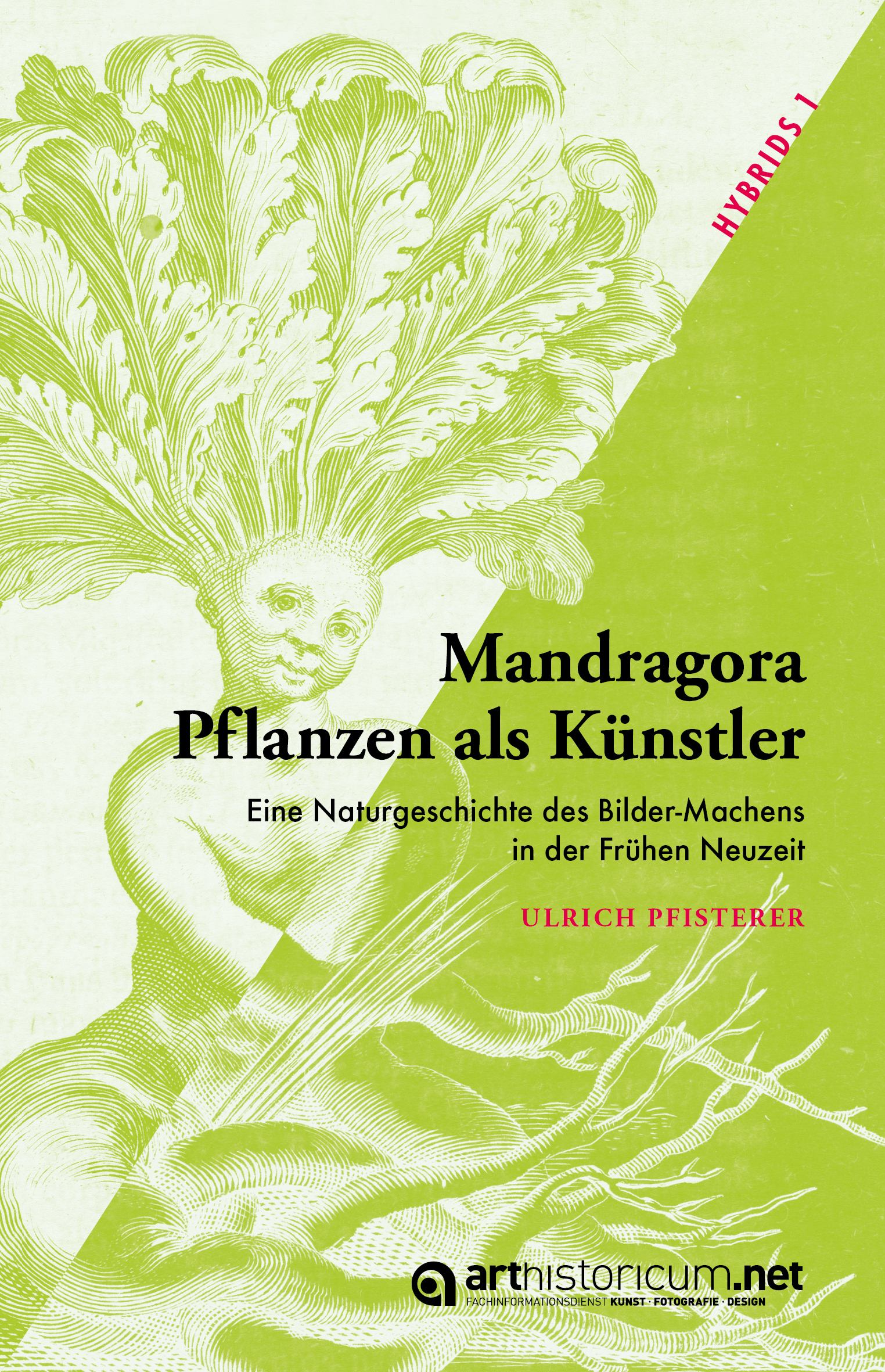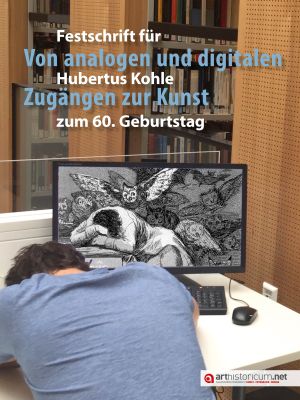Pfisterer, Ulrich
Mandragora – Pflanzen als Künstler: Eine Naturgeschichte des Bilder-Machens in der Frühen Neuzeit
Plants produce images, nature is an artist. What reads like an avowal of contemporary eco-art was already a subject of intense interest in early modern times: after all, there are many forms in nature that are reminiscent of a human figure - such as the mandragora or mandrake root. Explanations ranged from superstition and speculation about divine messages hidden in creation to scientific theories. At the same time, the relationship between natural and artificial products and the conditions for precise observation were also considered. One highlight of these discussions was the publication of an anthropomorphic beetroot in 1670 in Germany's first scientific journal.
»Wie man Skulpturen aufnehmen soll«: Der Beitrag der Antiquare im 16. und 17. Jahrhundert
Since the years around 1500, there have been printed reproductions of ancient statues and other monuments of antiquity. After a long period of mainly investigating which works these prints represent, interest is now increasingly turning to how they do so.
This paper examines when and in what contexts ancient works began to be systematically reproduced from multiple views in the 16th and 17th centuries. The antiquarian, and not only the artistic, preoccupation with antique sculptures made a decisive contribution to 'multiple views' and 'documentary modes of representation'. Unusual antique works from Egypt, for example, or non-European figures of gods and 'idols' required innovative illustrations from several perspectives.
It was not until the 19th century that new forms of reproduction of sculpture were to be experimented with and their use discussed - right up to Heinrich Wölfflin's reflections on "how to photograph sculpture", which were geared towards photography.
»Rom, wie es war und wie es ist«: Die Erfindung der Vorher-Nachher-Illustration in der Frühen Neuzeit
What did the ruins of Rome look like when they were built in antiquity? For centuries, antiquarians and artists of the early modern period tried to create an idea of the ancient Urbs and its monuments in text and image. This paper examines when and how a print mode of representation developed that somewhat systematically contrasts the reconstructed state of the buildings with their ruins - a principle referred to here as before-and-after illustration. After isolated examples in the second half of the 16th century - above all by Étienne Dupérac and his circle - and less successful publications by Giovanni Maggi and Pietro Paolo Orlandi, it was only the illustrated editions of Alessandro Donati's widely published bestseller Roma vetus ac recens from 1662 that achieved the breakthrough. The history of its impact, as well as alternative modes of representation, is being traced into the 19th century.
Von analogen und digitalen Zugängen zur Kunst: Festschrift für Hubertus Kohle zum 60. Geburtstag
Hubertus Kohle is an art historian and professor who has made a name for himself in Germany especially with his research on the art of the European Enlightenment and the nineteenth century. He opened up his discipline early on to digital processes and concepts and has been committed to electronic publishing in Open Access for years. As one of the two directors of the renowned DFG Priority Programme "The Digital Image", he is currently also working on a multidisciplinary approach to the subject of the digital. On the occasion of his 60th birthday, he was honoured by numerous friends and academic companions with this commemorative publication, the content of which ties in with the focal points of his work - from the analogue beginnings dedicated to the art of the Age of Enlightenment to the current field of "digital art history". This commemorative volume is understood as an experimental online publication that was presented first to the birthday celebrant in a purely virtual version and is now also available as e-book.










